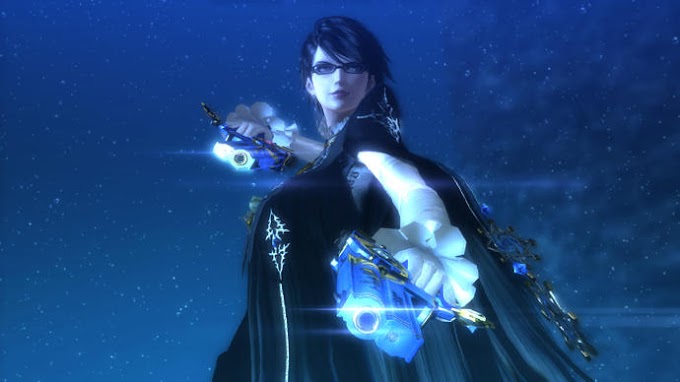Theme Hospital is very fresh in my mind, in other words, and I started playing it with a sense of trepidation - was I in for a shallow reskin, or would Two Point Hospital prove to be a welcome reinvention of a childhood classic? The answer, I am glad to say, is the latter.
That's not to say Two Point Hospital isn't familiar, of course - in many ways it feels like coming back to an old classic. From the building mechanics and hiring processes to the sudden crises and tannoy announcements, this is built unashamedly on old foundations by those who laid them in the first place. The introductory level is even structured like the first level of Theme Hospital, causing me to place a near identical reception desk in its accustomed place before building the GP's office in the same corner I always do because I am nine years old and that's where the GP's office goes.

Thankfully the perplexing board game format of Theme Hospital has been done away with, replaced instead by an Overcooked style overworld that shows the location of each of your hospitals. While you only need to get a hospital to a one star rating (out of a possible three) in order to advance to the next, this map screen makes it easy to dip back into a hospital should you feel the need to boost its rating or take a break from the financial and logistical strains imposed by the game's steady difficulty curve. In keeping with the map format and the different regions it depicts, the objectives for each level in Two Point Hospital are considerably more varied than Theme Hospital's standard goals of achieving a certain bank balance, treatment stats and overall hospital value. One level might require you to train and promote a series of staff members, for instance, while another - situated in an area in which outdoorsy types suffer a lot of fractures - might task you with healing a certain number of broken bones while making sure nobody gets too cold. The objectives are more prominent and more interesting, in other words, with career goals providing a fun additional challenge for any completionists who feel the need to pursue greater prestige.

When they aren't accidentally offing patients, staff members will occasionally threaten to quit. In Theme Hospital, these moments were fairly simple transactions - you could agree to pay the unhappy candidate more money, or you could fire them. If you were diligent enough you could look into the factors that might be chipping away at that employee's sense of morale, but it still boiled down to a binary choice. In Two Point Hospital, such ultimatums are taken out of your hands; instead, a disgruntled worker will threaten to quit at some point soon unless the things upsetting them are sorted. These conditions vary greatly from standard career concerns like a lack of training or unsatisfactory pay to stranger concepts like really needing the toilet, or wanting a drink. Either way, it's an ongoing discussion - not a decision to be made on the spot.
Strange and sometimes spurious as they might seem, these staff demands are symptomatic (ha!) of the newfound focus that's on display in Two Point Hospital. It's a more goal-oriented experience that nonetheless stays true to the spirit of its sort-of predecessor. Those completely new to the experience will find a varied and humorous hospital simulator. Anyone jumping in with fond memories of Theme Hospital, meanwhile, will find a modernised successor with just enough to make it feel new again.





0 Comments